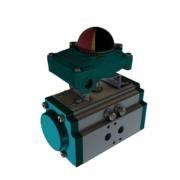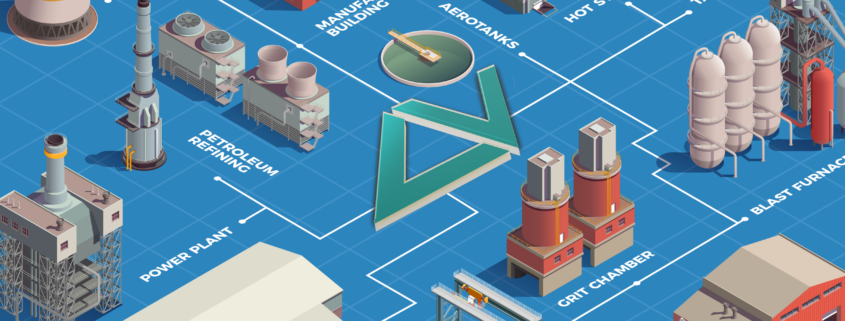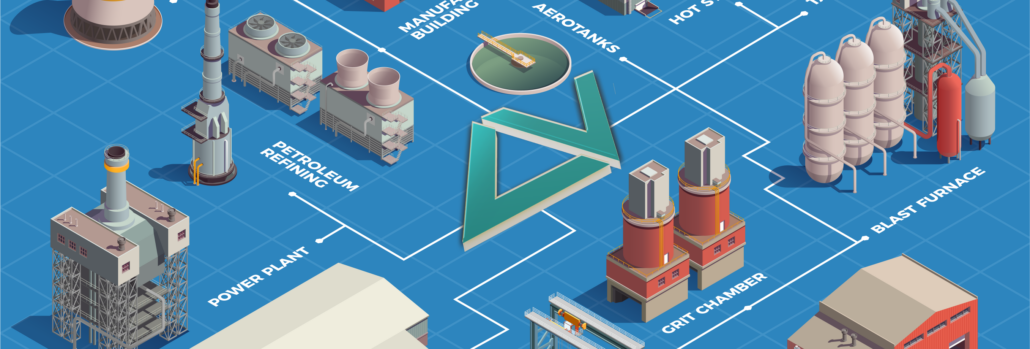Ball valves are widely used for fluid flow control in various industries, and one critical aspect of their design is the connection type. The connection type determines how the ball valve is attached to the pipeline or system, affecting its installation, performance, and maintenance. In this comprehensive guide, we will explore different ball valve connection types, their features, advantages, and the industries where they are commonly used.
THREADED BALL VALVE :
Threaded ball valves feature threaded ends, allowing them to be directly screwed onto matching threaded pipes or fittings. These valves are easy to install and suitable for smaller diameter pipelines. They are commonly used in residential plumbing, water supply systems, and low-pressure applications.
- Advantages:
- Simple and quick installation.
- Cost-effective for smaller pipes.
- Suitable for low-pressure systems.
FLANGED BALL VALVE :
Flanged ball valves have flanged ends, which are bolted to matching flanges on the pipeline or equipment. Flanged connections provide a secure and leak-resistant joint, making these valves suitable for high-pressure and high-temperature applications. They are commonly used in industrial processes, oil and gas pipelines, and chemical plants.
- Advantages:
- Secure and leak-resistant connection.
- Suitable for high-pressure and high-temperature applications.
- Easy to maintain and replace.
SOCKET WELD BALL VALVE :
Socket weld ball valves have socket weld ends, where the pipe is inserted into the valve socket and welded for a strong joint. These valves are commonly used in applications with smaller pipe sizes and high-pressure requirements, such as in petrochemical, oil and gas, and power generation industries.
- Advantages:
- Strong and reliable connection.
- Suitable for high-pressure applications.
- Easy to weld and install.
BUTT WELD BALL VALVE :
Butt weld ball valves have butt weld ends, where the pipe is welded directly to the valve end. These valves offer a smooth and continuous flow path, making them suitable for applications where minimal pressure drop is crucial. Butt weld ball valves are commonly used in chemical processing, pharmaceuticals, and food and beverage industries.
- Advantages:
- Smooth flow path with minimal pressure drop.
- Suitable for high-purity applications.
- Welded joint offers strength and durability.
TRI-CLAMP (SANITARY) BALL VALVE :
Tri-clamp or sanitary ball valves have tri-clamp ends, designed for easy disassembly and cleaning to meet sanitary standards. These valves are commonly used in food and beverage processing, pharmaceuticals, and biotechnology industries.
- Advantages:
- Hygienic design for easy cleaning.
- Suitable for sanitary and high-purity applications.
- Easy disassembly and maintenance.
WAFER BALL VALVE :
Wafer ball valves are designed for use between flanges, with the valve body sandwiched between two mating flanges and held in place with bolts. These valves are compact and lightweight, suitable for low-pressure applications and space-restricted installations.
- Advantages:
- Compact and lightweight design.
- Easy and economical installation.
- Suitable for low-pressure systems.
CONCLUSION :
Ball valves are available in various connection types to suit different applications and industries. The choice of the connection type depends on factors such as pressure, temperature, size, and the specific requirements of the system. Whether it’s threaded, flanged, socket weld, butt weld, tri-clamp, or wafer connection, selecting the right ball valve connection type ensures a secure, leak-resistant, and efficient fluid flow control in diverse industrial processes and applications. Engineers and system designers must carefully consider these factors to ensure the proper functioning and performance of ball valves in their fluid control systems.


